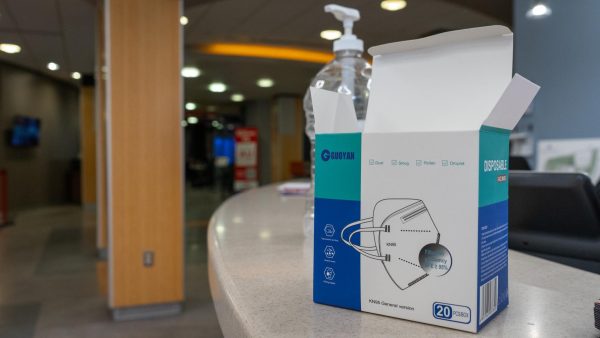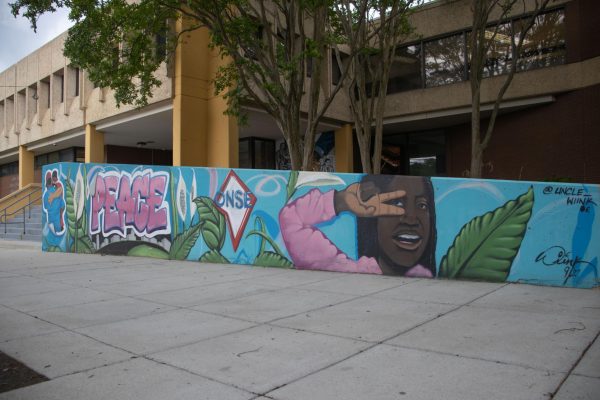Foster Care: Future Without Funding
“It’s hard,” says Kathi Crowe, executive director of the National Foster Care Coalition, a coalition of national organizations that works to improve the foster care system in the United States through public engagement, political power, and educational training. She examines the economic vulnerability of families who would otherwise help out with care. The rise of adoption overseas is another part of the foster care equation. “You see all these people talking about adopting children from other countries, but there are kids here that need adopting.”
But the biggest issue facing foster care is lack of public awareness. Simply put, other issues, more pertinent issues to everyday citizens, outshine the problems in the foster care system. Citizens deal with the struggling economy on a daily basis, but when faced with children without homes, it is easy to look away
Many organizations, such as the National Foster Care Coalition, are working to solve the issue of silence and put foster care in the public’s consciousness. The biggest hurtle they have encountered while working during National Foster Care Month is an economic one. Crowe has been laboring on a “campaign that needs to be funded to capacity,” she said. The campaign also needs to flood the public with information about the institution of foster care and empower citizens to help, according to Crowe.
Thankfully, foster care has a voice in Congress. Jim McDermott (D-WA), has twice proposed the “Investing Kids Act,” which would provide aid to foster care organizations nationwide. Another advocate, Dan Lips, Education Analyst at The Heritage Foundation, has proposed scholarships which would economically stabilize foster children, keeping them in one school, as opposed to moving from school to school — often a socially, academically devastating move.
Scholarships could also find kids better schools, thereby bolstering academic achievment. “But it’s an ongoing struggle,” Crowe sighed when brainstorming possible solutions to the underfunded system.
Here are the facts: over 513,000 children are currently in the foster care system. Once these kids are out of the program, 54 percent will earn a high school diploma, 2 percent will obtain a bachelor’s degree or higher, 84 percent will became a parent; 51 percent will be unemployed; 30 percent will have no health insurance; 25 percent will be homeless; and 30 percent will be receiving public assistance
These kids will perpetuate the cycles of poverty if foster care programs remained underfunded. While the nation’s legislators are focused on repairing a economy in the dumps, homeless children are waiting.











